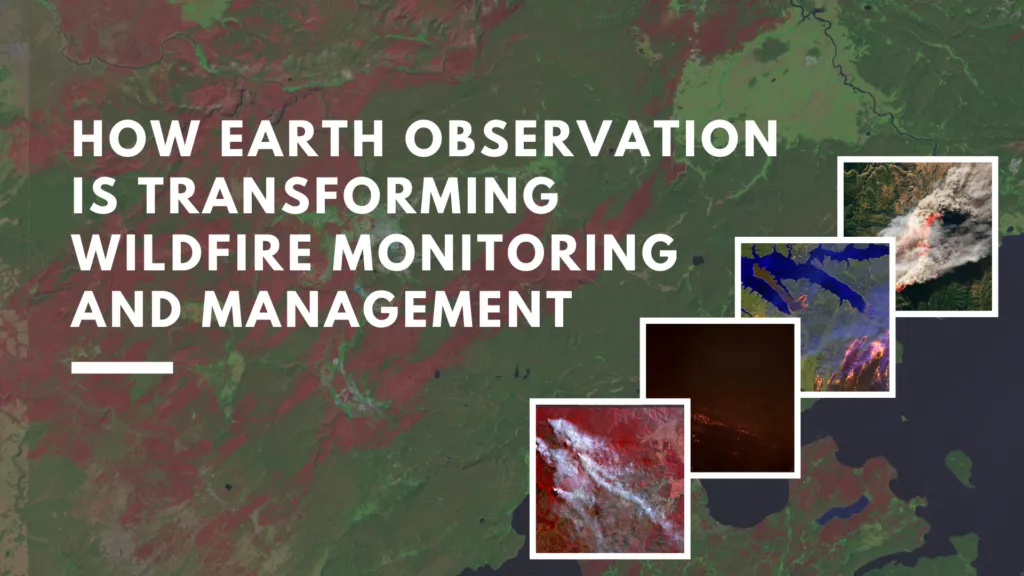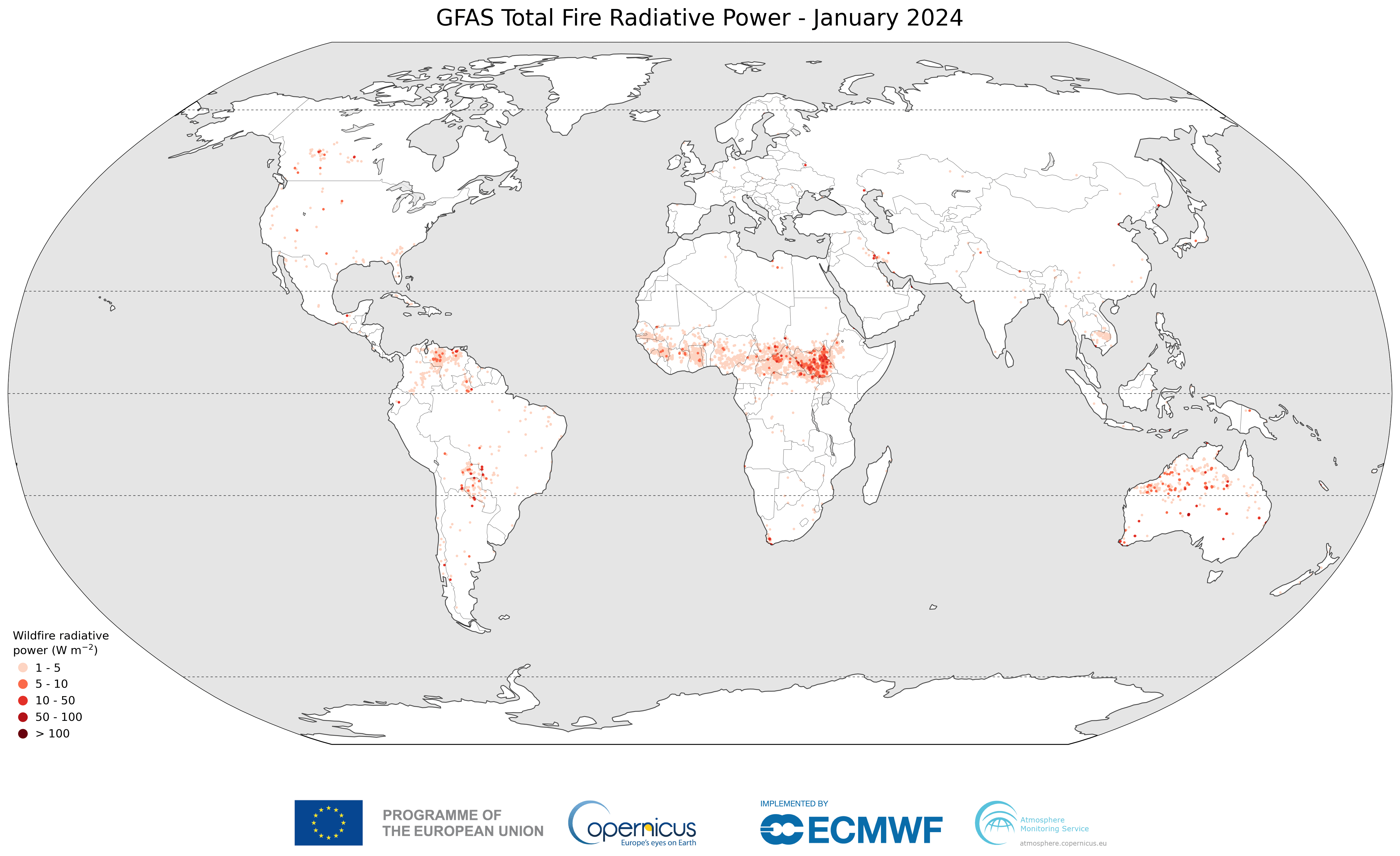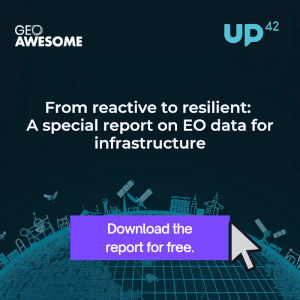
How Earth Observation is Transforming Wildfire Monitoring and Management
Editor’s Note: This article is part of Geoawesome’s ongoing effort to raise awareness and foster dialogue within the geospatial sector. As an independent voice in the community and as a source of market intelligence, we see it as our mission to share insights that inform, inspire, and spark collaboration. We’d love to hear your thoughts—reach us anytime at info@geoawesome.com.
Wildfires are among the most devastating natural disasters, threatening ecosystems, human lives, and property. With climate change accelerating the frequency and severity of these events, timely and accurate monitoring has become critical. Earth observation technologies are at the forefront of this effort. These technologies provide invaluable data for early detection, real-time tracking, and post-fire assessment. This in-depth paper will present the impact of satellite-based EO on wildfire management, highlighting stakeholders, significant advancements, and the expanding role of AI in forest fire mitigation.
Key Players, Data Providers and End-Users in Wildfire Monitoring
Notable Developments and News
Advancements in AI Integration
Artificial Intelligence is revolutionizing wildfire management by processing vast datasets to forecast risks and fire behavior. In California, AI algorithms now analyze meteorological data, vegetation moisture levels, and historical fire patterns to predict fire paths in seconds. These forecasts are becoming critical tools for firefighters and emergency managers.
Read more: The Guardian – How AI is Revolutionising Firefighting
Global Efforts in Satellite Deployment
In September 2024, Sentinel-2C was launched by Arianespace as part of the Copernicus program. The new satellite enhances monitoring of forests, urban expansion, and environmental emergencies, including wildfires. It adds to the world’s largest environmental monitoring program, reinforcing Europe’s EO capabilities.
Challenges in Early Detection
Despite the progress in EO and AI, early detection alone cannot prevent fires from becoming uncontrollable. Rapid fire spread due to wind and extreme heat remains a significant challenge. As Wired reported, even with faster detection, the combination of climate extremes and fuel buildup can overwhelm response efforts, underlining the need for integrated fire strategies.
CO2 Emissions from Wildfires
Wildfires are now a major source of greenhouse gases. In 2024, fires contributed to a record increase in global CO2 levels. The Guardian highlighted the role of fires in driving climate change, creating a feedback loop that could lead to more frequent fires in the future.
Regional Highlights: The Americas
The Copernicus Atmosphere Monitoring Service noted that the Americas experienced exceptional wildfire activity in 2024. Drought conditions and extreme weather were key contributors. EO data has been essential in understanding these patterns and coordinating international response efforts.

Wildfires in the United States
According to the latest NOAA report, wildfire activity in the U.S. continues to trend upwards, with longer fire seasons and increased burn areas. Real-time satellite mapping and weather forecasting are now critical components of federal and state fire response strategies.
Maps and Products for Wildfire Monitoring
- US Wildfire Activity Web Map (Esri): A dynamic map showing current fire locations, perimeters, and updates.
- FIRMS Fire Map: Real-time satellite data for active fires.
- Esri Disaster Response Program: A suite of tools and support for organizations managing wildfire and disaster response efforts.
Looking Ahead
The future of wildfire monitoring depends on better satellite coverage, smarter AI tools, and easier access to fire data. New technologies and community efforts like Earth Fire Alliance are helping people around the world detect and respond to fires more effectively.
However, challenges remain. Investment in resilient infrastructure, interdisciplinary cooperation, and public engagement are essential to translate EO data into effective action.
How do you see the role of EO evolving in wildfire response? Are there local efforts or technologies that deserve more attention? Send me an email at sebastian@geoawesome.com and join the conversation.
Do you like this article? Read more and subscribe to our monthly newsletter!






